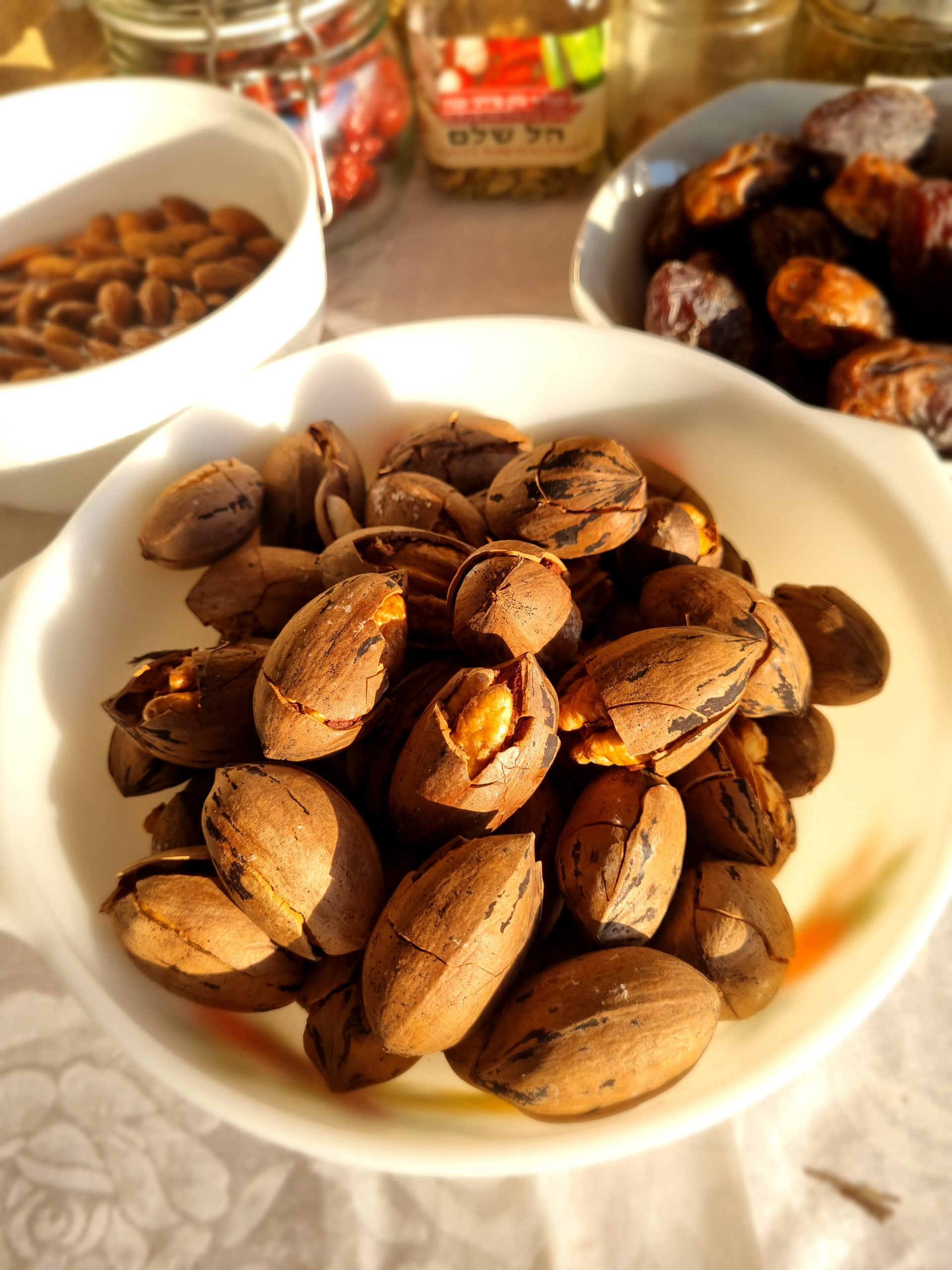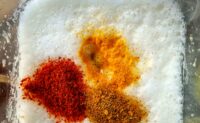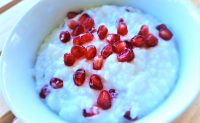Juicy Broken Pecan Nuts
Eyal Shpringer

Pecans, walnuts, hazelnuts, and the like are a source of embarrassment in Israeli cuisine as nuts are not central local cuisine items. Most nuts are found in shady European forests, the Caucasus, or the tropics. The local diet has some fatty seeds such as pistachio, almonds, pine nuts, pumpkin, and sunflower seeds. Still, the place of the rest of the nuts in the middle-eastern diet is relatively modest, and most often, we are satisfied with eating the nuts “straight out of the bag” or combining them in a smoothie.
The recipe below allows for slightly different processing of hard-shelled nuts, improving the nuts’ taste and nutritional value.
Ingredients for the preparation of juicy broken pecans:
250 g pecans (an eating bowl full of nuts)
1 tablespoon salt
1 cup of water
Additional Equipment: hammer, wood/stone board, stove
Preparation:
Crack the nutshells one by one with the help of the hammer. It is important not to crush the nuts entirely but only to create cracks in the shell. It’s okay if some of the nuts’ “meat” is exposed.
Soak the broken nuts in a bowl of lukewarm water overnight. The nuts will absorb some of the water.
In the morning – drain the soaking water, mix a tablespoon of salt in a glass of warm water, and mix well into the moist nuts.
Sprinkle the nuts on a wide baking sheet.
Place in an oven heated to 60-70 degrees Celsius temperature, preferably turbo mode, for about an hour. It is advisable to stir the nuts a little after half an hour in the oven so that they dry well.
After drying in the oven, the juicy, salty-sweet nuts are ready. They are the perfect snack while sitting around the table with relatives, friends, or neighbors who have popped in to visit.
Although it is not a “dessert” recipe, we presented it in the “sweets” section because it is a delicious snack that can sometimes replace more extreme desserts.
Additional options:
The salt solution for preparing the pecans can be supplemented with “powdery” ingredients to emphasize taste or therapeutic effect. For example, spices such as dry ginger powder and turmeric or flours such as roasted buckwheat flour can be used.
The recipe from a traditional medicine point of view
Nuts, including pecans, are a concentrated food suitable for autumn and winter. The nut produces a descending and concentrated quality characteristic of the axis of movement from the earth element to the metal and water. Nuts are used to moisten the intestines and lungs and to nourish the deep “kidney” essence.
Epidemiological studies indicate that regular nut consumption may contribute to longevity and reduce the chances of diabetes, cardiovascular diseases, and cancer.
The preparation technique presented in the recipe helps to neutralize some of the antinutrients found in the thin brown pecan nut shell, thereby preventing damage to the digestion and absorption of the minerals present in the nut.
Eyal Shpringer, A Chinese medicine practitioner and a clinical herbalist specializing in Chinese nutrition and traditional nutritional approaches. Eyal holds a master’s degree in research of East Asian medicines. Since 2007 he has been teaching a postgraduate training program in the field of Chinese and oriental nutrition according to the TEF method and other courses and workshops for practitioners. Eyal co-authored the bestselling book Cooking for Life: A Traditional Nutrition Cookbook for Cancer Patients (Hebrew).
Did you find the recipe interesting? Do you want to continue studying with me?
You are invited to join me on my Instagram page and the Traditional Nutrition and Medicine Facebook group.

